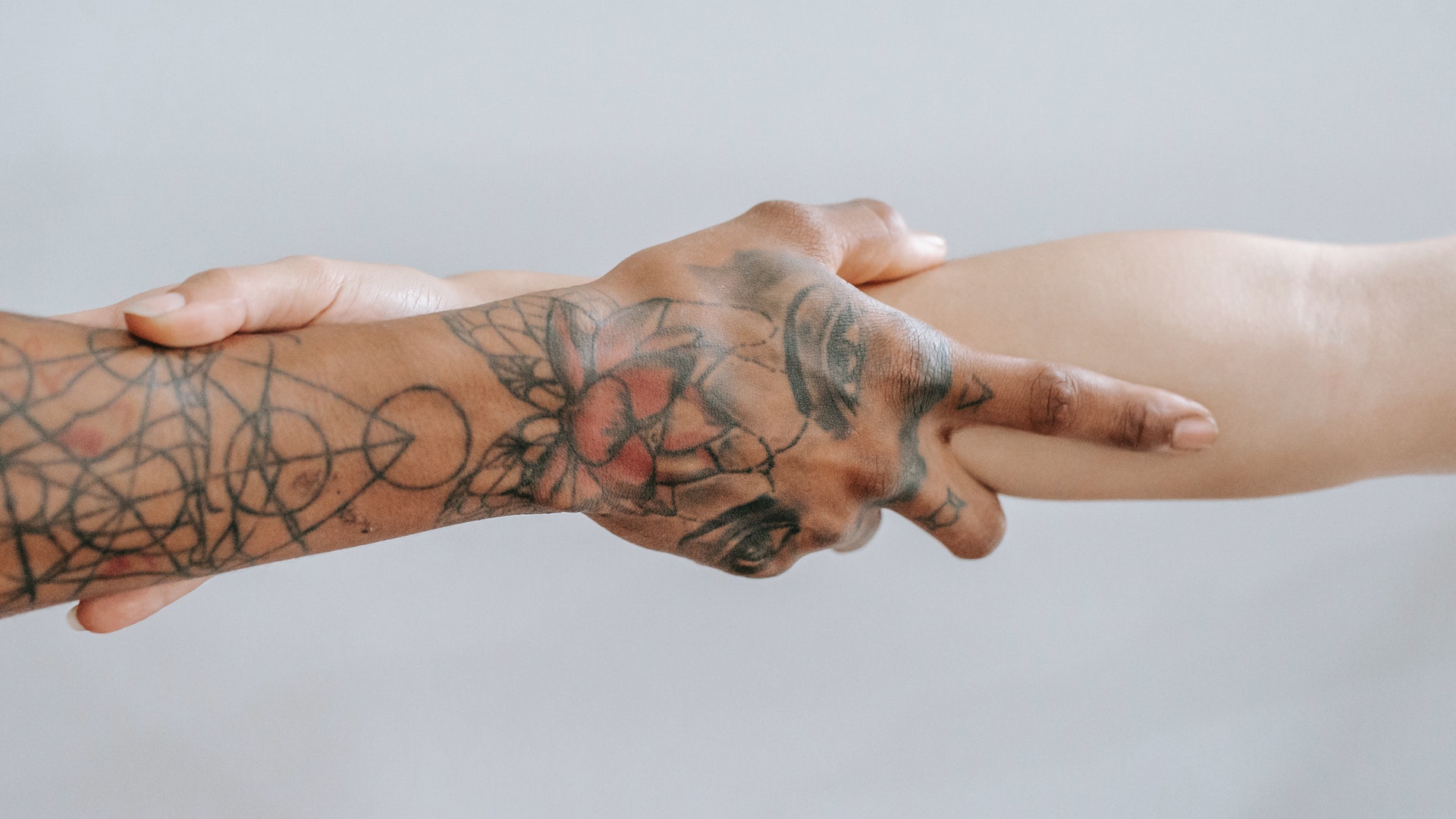Interaction design is an important field within huge field of user experience (UX) design. In this article, we’ll explain the meaning of interaction design and provide some examples of interaction design. We’ll also briefly describe what an interaction designer does.
An easy and practical understanding of interaction design
Interaction design is the design of interaction between products and users. Interaction design is often talked about in the context of software products such as websites or apps. However, interaction design is about creating products – not only software products – that help users achieve their goals in the most efficient way.
If this definition sounds broad, that’s because the field is rather broad: the interaction between a user and a product often involves elements like aesthetics and motion, sound, space, among others. Each of these elements may require additional specialized fields such as sound design to create sounds for user interaction.
There is a lot of overlap between UX and interaction design. UX design is all about creating the user’s experience using a product. Most of that experience involves some interaction with the product. But UX design is more than interaction design: it also involves user research (finding out who the users are in the first place), creating user personas (why, and under what conditions, would they use the product), performing user testing and usability testing, etc.
The 5 dimensions of interaction design
A good way understanding the basics of interaction design is to consider the 5 dimensions of interaction design: words, visual representation, space, time and behavior. Gillian Crampton Smith, an interaction designer academic, introduced the idea of four dimensions for an interaction language. Kevin Silver, senior interaction designers at IDEXX Laboratories added the fifth dimension.
1.Words
It is important that words, especially those used in interactions like button labels, are meaningful and easy to understand. They should convey information to users but not overwhelm them.
2. Visual representations
This includes graphic elements such as icons, typography, and images that users interact with. These elements often complement the information that users are trying to convey.
3. Space or physical objects
What physical objects can users interact with the product? Is it a smartphone with a touchscreen, or a laptop with a keyboard, mouse and touchpad?
4. Time
Although it sounds abstract, this dimension refers to media that changes over time (e.g., movement, videos, sounds). Can users monitor their progress and resume interaction later?
5. Behaviour
This refers to the mechanisms that control the interactions with a product. What actions can users take on it? What are the reactions (of the user)? These include the user’s emotional responses and feedback.
Questions interaction designers ask about your product
How can interaction designers use the 5 dimensions to create meaningful interactions? Let’s take a look at some questions interaction designers should ask when designing for users.
- Can a user use their finger, mouse, or stylus to interact directly with the interface? This defines the possibilities for user interactions with the product.
- Wha is the appearance of the product? (e.g., color, shape, size, etc.) This gives users clues as to how the product may behave.
- Do error messages make users understand a problem? Do they offer a way for users to fix the problem or explain the reason? These are ways we can anticipate and minimize errors.
- How does the user receive feedback after performing an action? This allows you to make sure that feedback is provided within a reasonable amount of time.
- Is the size of the interface elements reasonable? This helps us to think strategically about every element in the product.
- Do you use familiar formats? The standard elements and formats are used in order to simplify and improve the product’s learnability.
So, what do interaction designers actually do?
If the company has large resources and is well-funded, UX designers and interaction designers might be assigned to separate tasks. For example, a large design team might have a UX researcher and an information architect. For smaller teams and companies, the majority of UX design work might be performed by just one person, who may or not hold the title “Interaction Designer”. Here are some tasks that interaction designers do every day:
Design strategy
This involves determining the user’s goal(s) and then deciding on the interactions that are required to reach these goals. Interaction designers may need to do user research before they can create a strategy to translate that information into interactions.
Prototypes and wireframes
Most interaction designers are responsible for creating wireframes that outline the interactions within the product. Interaction designers may also create interactive prototypes or high-fidelity prototypes, which look exactly like an actual app or website.
For more information on interaction design, you can read 5 dimensions of interaction design – http://www.uxmatters.com/mt/archives/2007/07/what-puts-the-design-in-interaction-design.php and check out Questions to consider when designing for interaction – http://www.usability.gov/what-and-why/interaction-design.html
Making virtual assistants sound human poses a challenge for designers
Source:
Interaction Design
